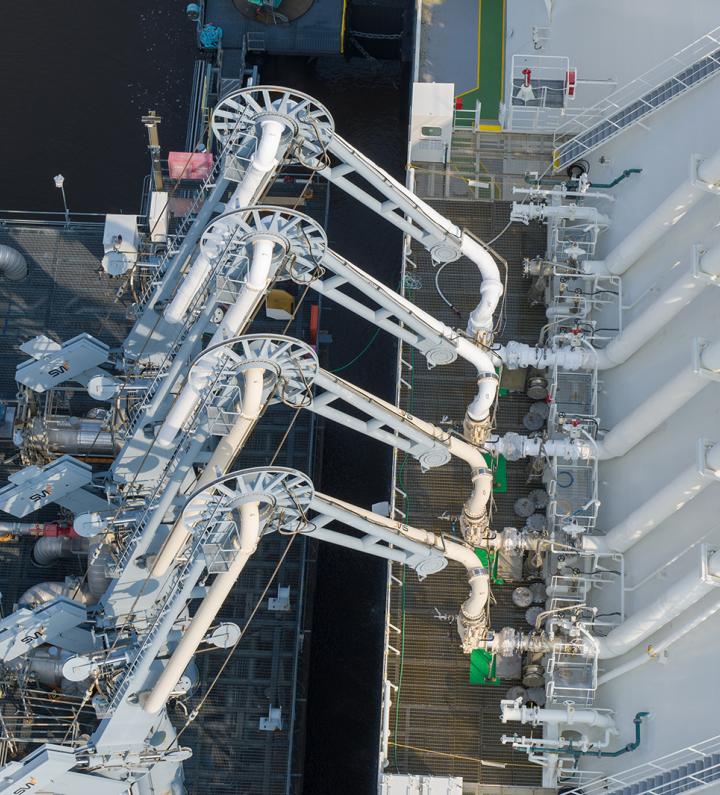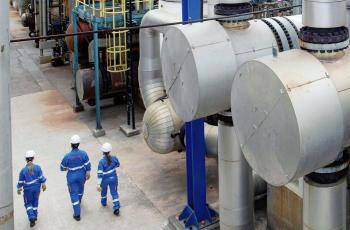TotalEnergies produce and sell liquified natural gas, which is a necessary transition fuel for building a reliable, low-carbon power system, complementing renewable energies that are intermittent by nature. Moreover, gas helps to reduce emissions from power generation in many countries, since burning gas rather than coal to produce electricity emits half as much CO2 for the same amount of energy produced.
Natural gas to reduce our emissions
The growth of renewable electricity, intermittent and seasonal by nature, will require an increase in flexible power generation resources. The dispatchable generation of gas-fired power plants helps secure electricity supply against weather variability affecting renewables, while also responding to fluctuations in demand.
In addition, natural gas plays an essential role in reducing emissions from power generation as a replacement of coal, which emits half as much greenhouse gas as coal-fired power plants for the same amount of electricity produced(1).




















